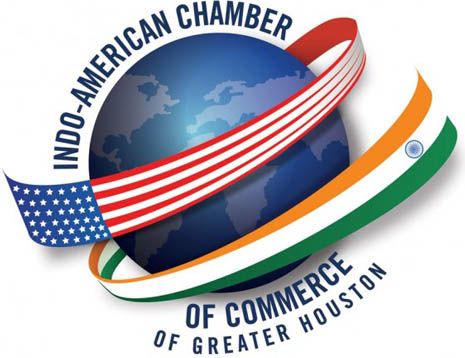Month: August 2018
The Key Impact of 49 CFR Part 26 on Your DBE Program Management

American’s small businesses are struggling to stay afloat. Over 61 percent of them report that they face constant financial challenges.
Despite those challenges, these businesses employ 58 million people nationwide. That’s almost half of the country’s private sector employees.
For this reason, the government has made several efforts to protect these businesses. And one of the government’s solutions is the Disadvantaged Business Enterprise Program.
So what does this program have to do with your business?
Section 49 CFR Part 26 has a direct impact on your business.
How so? Continue reading to find out what the key impact of this section is and how you can remain compliant.
What Is a Disadvantaged Business Enterprise (DBE)?
Let’s first start by defining what exactly a DBE is. Understanding this terminology is key to understanding 49 CFR Part 26’s mandate.
A disadvantaged business enterprise is a small business that is owned and operated by members of an economically and socially disadvantaged group.
And pay attention to the wording used here. A “small” business has to meet the Small Business’ Administration’s size criteria. Not only that, but its annual gross receipts can’t exceed $23.98 million.
In order to be “economically disadvantaged,” a business owner’s net worth must not exceed $1.32 million.
For more information about DBEs and DBE programs, take a look at this free resource.
What Does 49 CFR Part 26 Mandate?
Now that we’ve established what a DBE is, we’ll talk about what 49 CFR Part 26 mandates. It has two primary restrictions.
The first restriction forbids discrimination in connection with the award of contracts. The restriction’s protected classes include race, sex, color, and national origin.
So any company that excludes any person from participating in a contract because of that person’s status as a member of a protected class is in violation of this restriction.
The second restriction directly addresses the structure of a DBE program. According to this restriction, no one can administer a DBE program in a way that undermine’s the program’s objectives.
In other words, no one should attempt to circumvent the first restriction.
What Are the Objectives of These DBE Regulations?
The primary objective of these DBE regulations is to curtail discrimination in the award of DOT-assisted contracts. Which leads us to its second objective:
To level the playing field.
America is, after all, perceived as the land of opportunity. But not everyone has equal access to that opportunity.
And here’s yet another one of its objectives:
To prevent the widespread abuse of DBE programs.
According to 49 CFR Part 26.1, only firms that meet the eligibility requirements are allowed to become certified DBEs. This particular clause is relevant to both businesses that want to become DBEs and businesses that structure DBE programs.
So here’s a word of caution to any company that wants to structure a DBE program:
Carefully vet the companies you allow to participate in your program. If you fail to do so, you risk violating this rule.
How Can You Remain Compliant?
In truth, section 49 CFR Part 26 is much more complex. But we’ve laid out the meatiest parts of it here, so you should now have a better understanding of how it affects your DBE program management.
Anyone who has more questions about DBE regulations should read up on DBE certification. If you still have questions after doing so, please contact us for more information.




